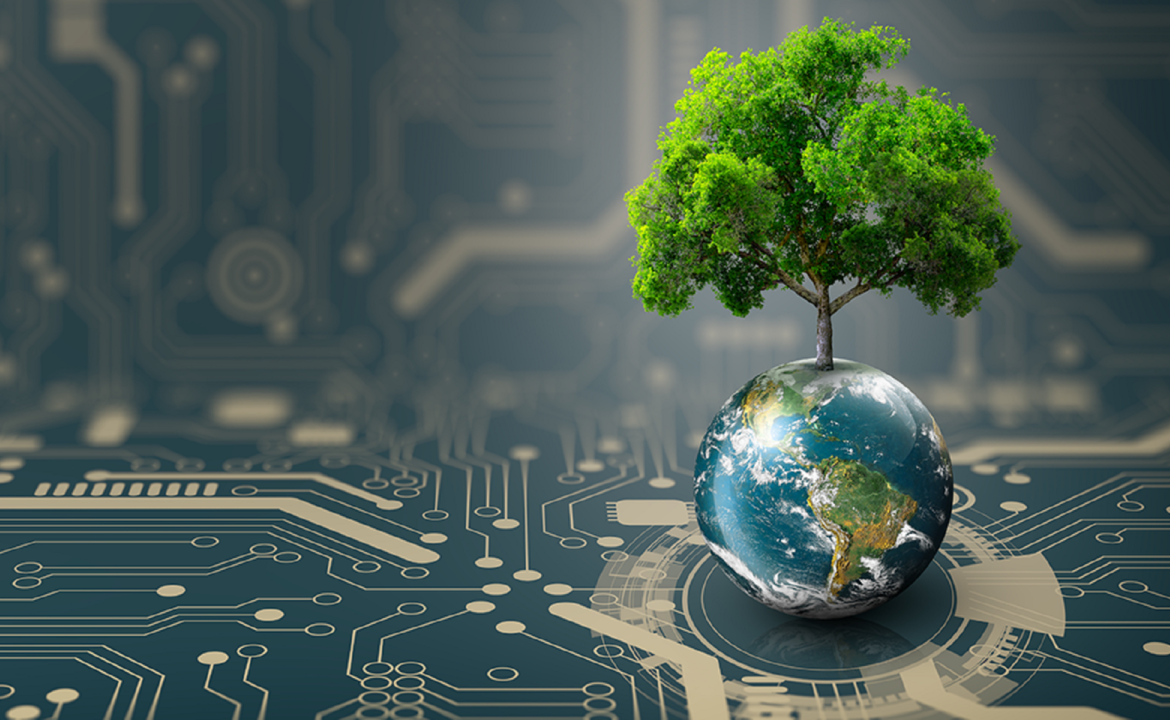Artificial Intelligence (AI) is revolutionizing industries and transforming how we live and work. However, the rapid development and deployment of AI technologies come with significant environmental costs. Understanding these drawbacks is essential as we strive to balance technological advancement with sustainability.
What Are the Environmental Drawbacks of AI?
While AI promises efficiency and innovation, it is also linked to substantial energy consumption, resource depletion, and carbon emissions. These environmental impacts raise serious concerns about the long-term sustainability of AI systems.
Key Drawbacks of AI and the Environment
High Energy Consumption
Training advanced AI models, especially large-scale deep learning systems, requires immense computational power. Data centers that support AI processes consume vast amounts of electricity, contributing significantly to global energy demand.
Increased Carbon Footprint
The energy required to train AI models often comes from non-renewable sources, leading to high carbon emissions. A single AI model can produce as much carbon dioxide as multiple cars over their entire lifetime, exacerbating climate change.
E-Waste Generation
AI-driven technology relies on powerful hardware, including GPUs and specialized chips, which quickly become outdated. The rapid turnover of hardware contributes to growing electronic waste (e-waste), which is challenging to recycle and harmful to the environment.
Water Usage in Data Centers
Many data centers use water-based cooling systems to maintain optimal temperatures for servers running AI algorithms. This high water consumption can strain local water resources, especially in regions facing water scarcity.
Unsustainable Resource Extraction
The production of AI hardware requires rare earth elements and metals, leading to increased mining activities. Extracting these materials can cause habitat destruction, soil degradation, and pollution.
Energy Inefficiency in Edge Devices
AI is increasingly embedded in consumer products like smartphones, smart home devices, and wearables. Many of these devices run continuous background AI processes, contributing to unnecessary energy consumption on a massive scale.
Ethical and Social Considerations
The environmental drawbacks of AI raise important ethical questions:
- Should companies prioritize green AI initiatives, even if they slow technological progress?
- How can we ensure that AI development benefits outweigh its environmental costs?
- Are consumers willing to accept more sustainable, but potentially less powerful, AI solutions?
Conclusion
While AI continues to drive innovation, its environmental impact cannot be ignored. High energy use, e-waste, and resource depletion pose significant challenges that demand responsible action. Moving forward, the tech community must focus on creating energy-efficient algorithms, adopting sustainable practices, and promoting green AI to minimize the ecological footprint of artificial intelligence.







Leave feedback about this